Honda is one of America's top-selling car brands. Apart from its long-standing reputation for reliability, the brand also shines in terms of the technical advancement of its vehicles. One of these relatively recent features is the brake hold. What exactly is the brake hold feature on a Honda? We'd like to share with you what we've learned about this feature.
As its name suggests, the Honda brake hold is a feature that automatically applies braking pressure when the car comes to a stop. The brake hold feature will keep the braking pressure on even after the driver's foot releases the brake pedal. Once the driver steps on the accelerator pedal again, the brake hold feature will automatically disengage the brakes, and the car will drive normally.
Does this automotive feature catch your interest? Perhaps you do have a Honda with this feature, and you would like to learn more about it. We have done the research for your reading pleasure.
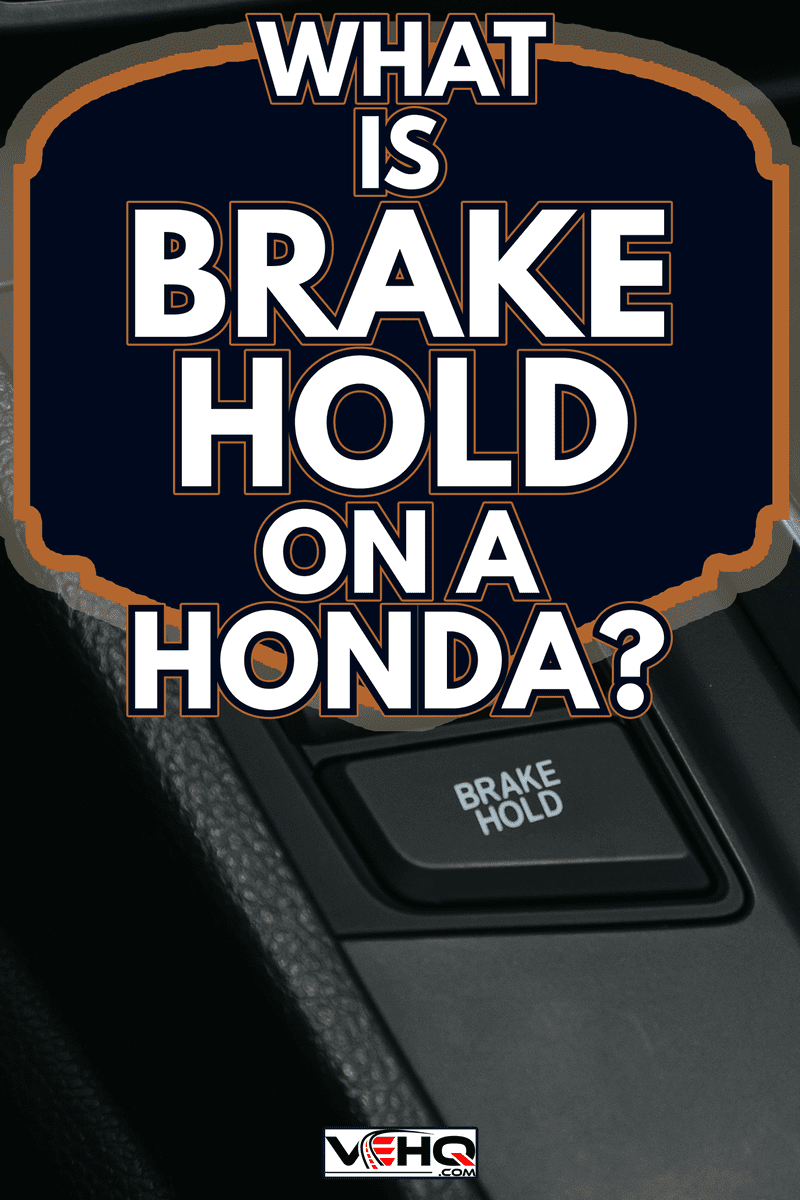
What Is Honda Brake Hold?
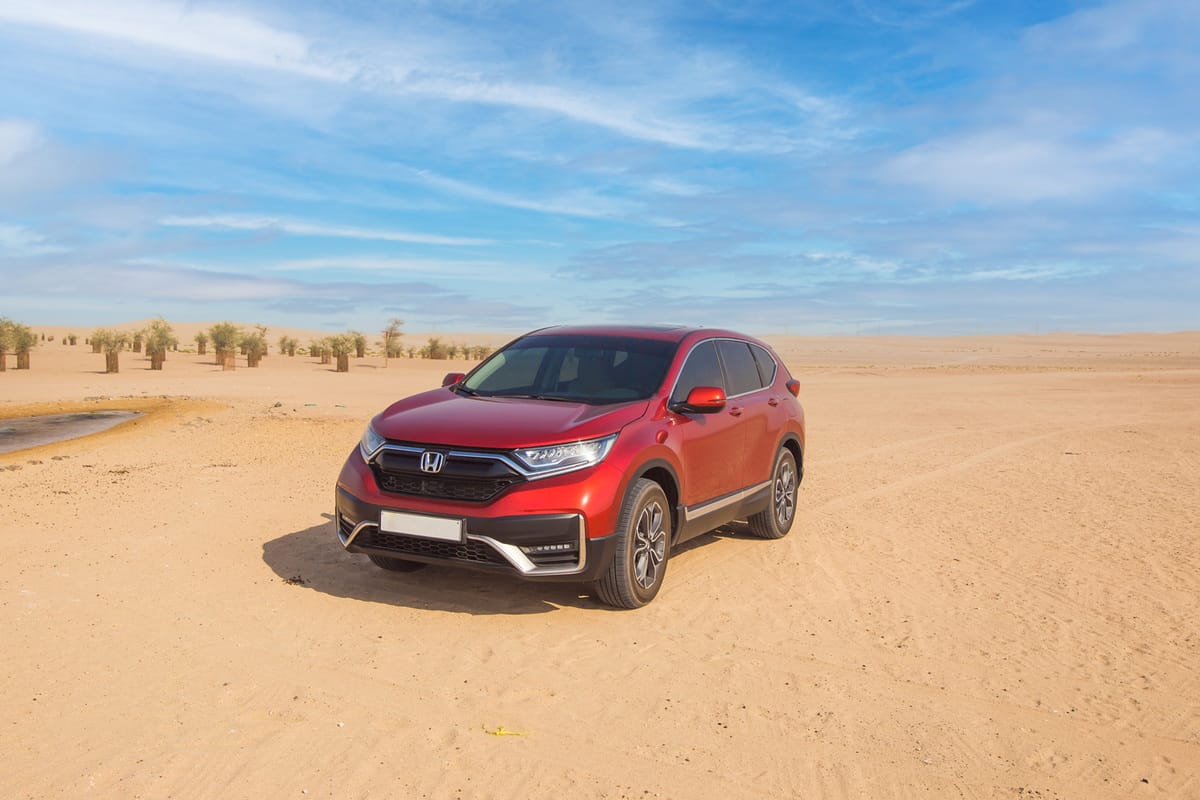
Brake hold is a braking feature made with both convenience and safety in mind. This feature is especially useful during stop-and-go traffic situations because the driver can afford to rest their feet more. With the brake hold feature activated, traffic jams are a little less stressful.
The brake hold feature also helps drivers who find themselves distracted while their cars are stopped on an incline or at stoplights or signs. Although Honda cars have this feature available, brake hold is not exclusive to the brand. Other brands call it auto hold or auto vehicle hold.
The brake hold feature is an extension of the electronic parking brake (EPB). Because luxury brands introduced the EPB in commercial cars (like the BMW 7-series in 2002), luxury vehicles were also the first to have the brake hold feature.
Nowadays, however, many mass-market brands also have EPB and brake hold as standard features in their vehicle line-ups. The brake hold feature works not just in automatic transmission cars but also in manual transmission ones.
We should point out, though, that not all brake hold features work the same way. For example, Volkswagen and SEAT models have an "auto hold" feature that only retains the same amount of braking force that the driver manually applied.
How Does Honda Brake Hold Work?
Activating The Brake Hold Feature
Before you enjoy the benefits of Honda's brake hold feature, you will need to activate it. To turn the brake hold feature on:
- Get inside your Honda and put on your seatbelt.
- Start or turn on the car.
- Press the brake hold button on the center console, just at the 6-o'clock position of the electronic parking brake.
You will see a "brake hold" indicator light up in the driver's instrument cluster to indicate that the feature is now active.
Letting The Brake Hold Feature Work
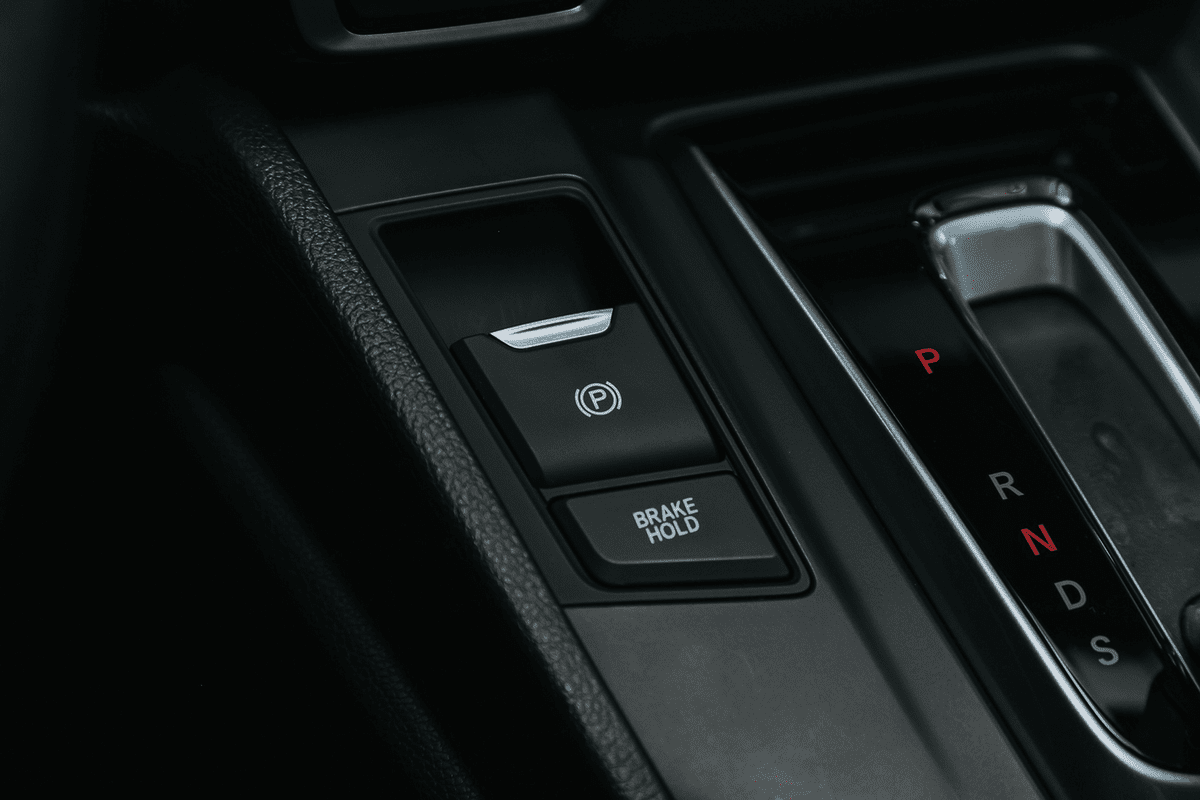
Now, you can put your car into gear and drive normally until you brake to a full stop.
Immediately after your car comes to a complete stop, you should see an encircled "A" indicator light up on your instrument cluster just below the "brake hold" indicator. This means that the brake hold feature has now applied pressure to your brakes, and you can rest your braking foot.
For automatic transmission models, your car will not move even if you leave it in gear. If you were on "drive" before stopping completely, the brake hold would stop the car from moving forward. If you were in "reverse," then brake hold will stop you from moving backward.
For manual transmission models, your stopped car will not move as long as you're in gear with the clutch fully in or if you're in neutral. In a nutshell, the brake hold will work if you don't stall the engine.
When Does The Brake Hold Feature Cancel?
If the car is idling at a stop, then the brake hold function will keep the braking pressure on for ten (10) minutes. The system will automatically disengage the brakes after that time unless the parking brake is on or the driver is stepping on the brake pedal.
For automatic transmission models, the brake hold disengages the brakes when you're in gear and you step on the accelerator pedal.
For manual transmission models, on the other hand, you will need to put your car in gear and then find the balance between your clutch and accelerator pedals. Gently step on the accelerator pedal, then release your clutch up to its friction point.
The friction point is the level of the clutch pedal when the engine and transmission start to engage with each other and the car starts to move.
To summarize, the list below enumerates the instances when the brake hold will automatically cancel.
- The brake hold is on for more than 10 minutes.
- The driver engages the EPB.
- The driver steps on the brakes and shifts to "park" or "reverse."
- The engine stalls or is turned off.
- The driver’s safety belt is unfastened.
To turn off or deactivate the brake hold feature, you will need to bring your Honda to a full stop. Keeping your foot on the brake, you simply press the "brake hold" button on the center console once to turn the feature off.
Should I Use Brake Hold?
Because the brake hold feature was made for convenience and for safety, many people use it every time. However, some drivers do not like to depend too much on features that can dull proper driving habits.
Some manual transmission drivers, for instance, prefer to turn the brake hold feature off for more traditional and proper driving awareness. They would much rather step on the brake pedal or use the parking brake rather than rely on the brake hold feature.
Moreover, different Honda owners' manuals state some reminders about using the brake hold feature.
Even if the automatic brake hold system is engaged, the vehicle could still move on steep hills or slippery roads if you take your foot off the brake pedal. You should never rely on the automatic brake hold in these dangerous scenarios.
Also, you should never leave your car when it is only temporarily held by the automatic brake hold system. When you park your automatic transmission car, always shift your gear lever to "park" and also apply the parking brake.
Alternatively, when you park your manual transmission car, always put your car in gear after you turn off your engine. As always, you should also use the parking brake.
Does Brake Hold Damage My Car?
As we mentioned earlier, the brake hold feature is an extension of the EPB. Hence, if we are asking whether the brake hold feature damages the car, then we are effectively asking if braking damages a car that is in gear.
There are two main opposing thoughts on this matter, and to this day, many car experts and enthusiasts still debate about it. The main argument revolves around whether you should keep your car in "drive" or "neutral" while it is at a complete stop, especially at traffic lights.
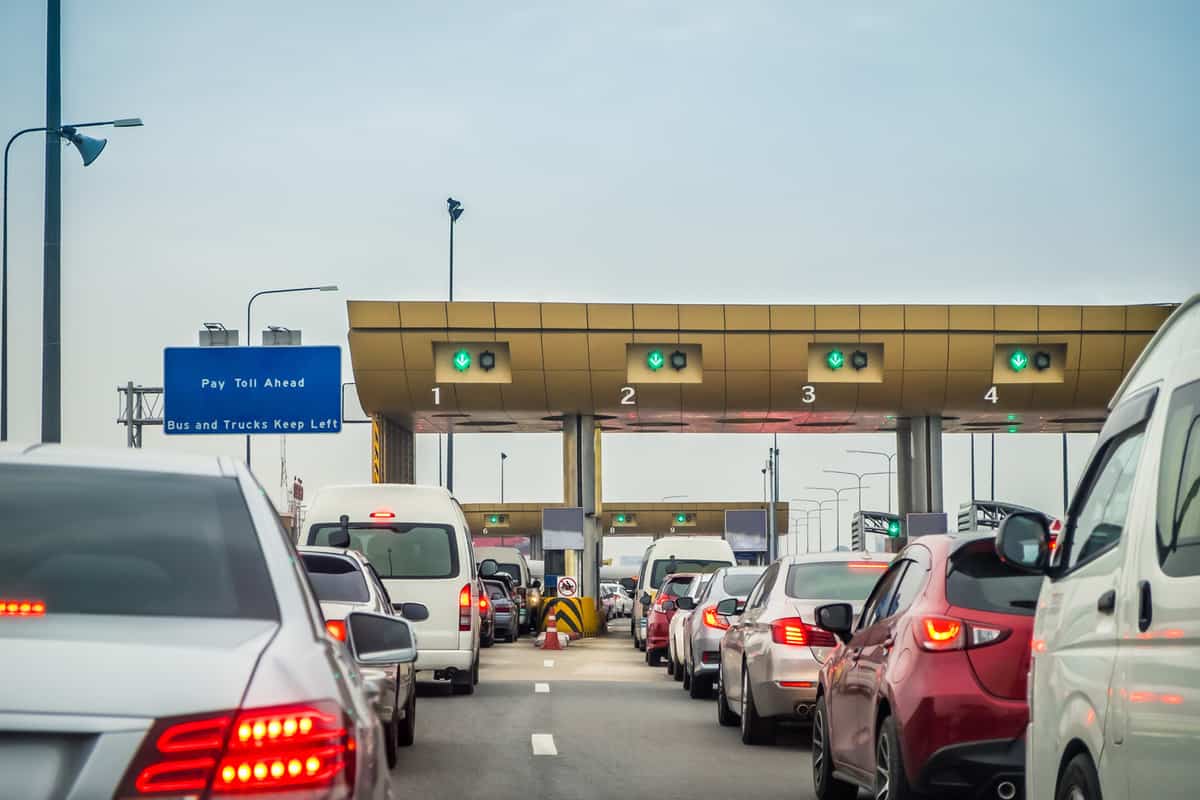
On one hand, keeping an automatic transmission car in "drive" for prolonged periods will cause more stress to the engine, transmission, and braking system, leading to excess wear and overheating. Moreover, keeping the car in "drive" will consume more fuel.
These people believe that shifting the car to "neutral" during extended idling is safer and more economical.
On the other hand, some believe that keeping the car in "drive" and applying the brakes is much more sensible than shifting to "neutral" and holding the brakes. They believe that the transmission system experiences more stress from the additional shifting in and out of gears.
So what do these practices have to do with brake hold?
If the car is in "drive" for extended periods of idling, then the brakes will resist the force applied by the engine to the wheels. In this situation, the two opposing forces are causing stress to the car's components.
If the car is in "neutral" or "park," then the brakes are not resisting any engine power output to the wheels. Thus, the brakes are not causing damage to the car. This applies to the brake pedal, the EPB, and the brake hold feature.
Is Hill Start Assist The Same As Brake Hold?
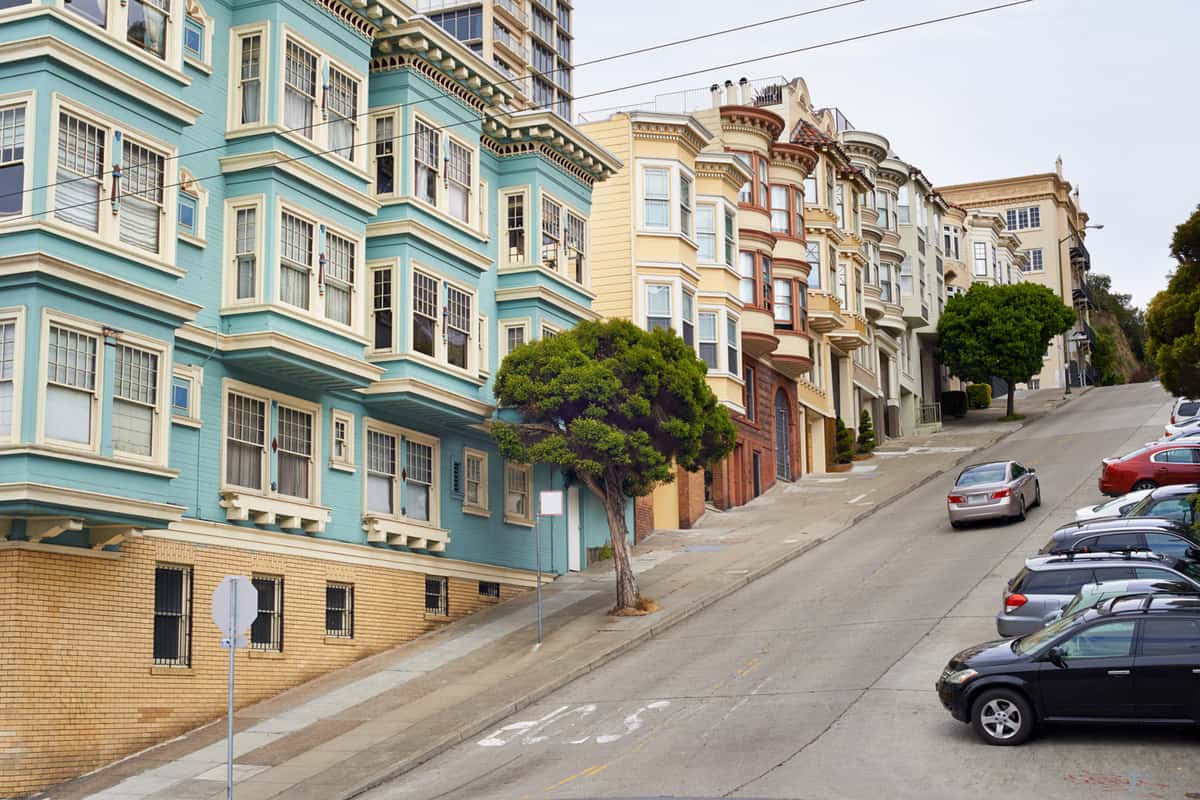
The brake hold and the hill start features are similar in one way. They both apply braking pressure temporarily to the car. However, that's where the similarity ends.
Hill-start assist holds the car in place to give you enough time to move your car on an incline. Gradient sensors inform the car's computer when the car is stopped on a slope. With this information, the computer tells the brakes what to do.
On some brands, the hill-start assist feature keeps braking pressure for about three (3) seconds after the driver releases the brake pedal. This prevents the car from rolling backward and gives the driver time to move their feet to the accelerator.
The Honda brake hold feature, as discussed previously, keeps the braking pressure on for ten minutes or until the driver moves the car, whichever comes first.
Wrapping Up
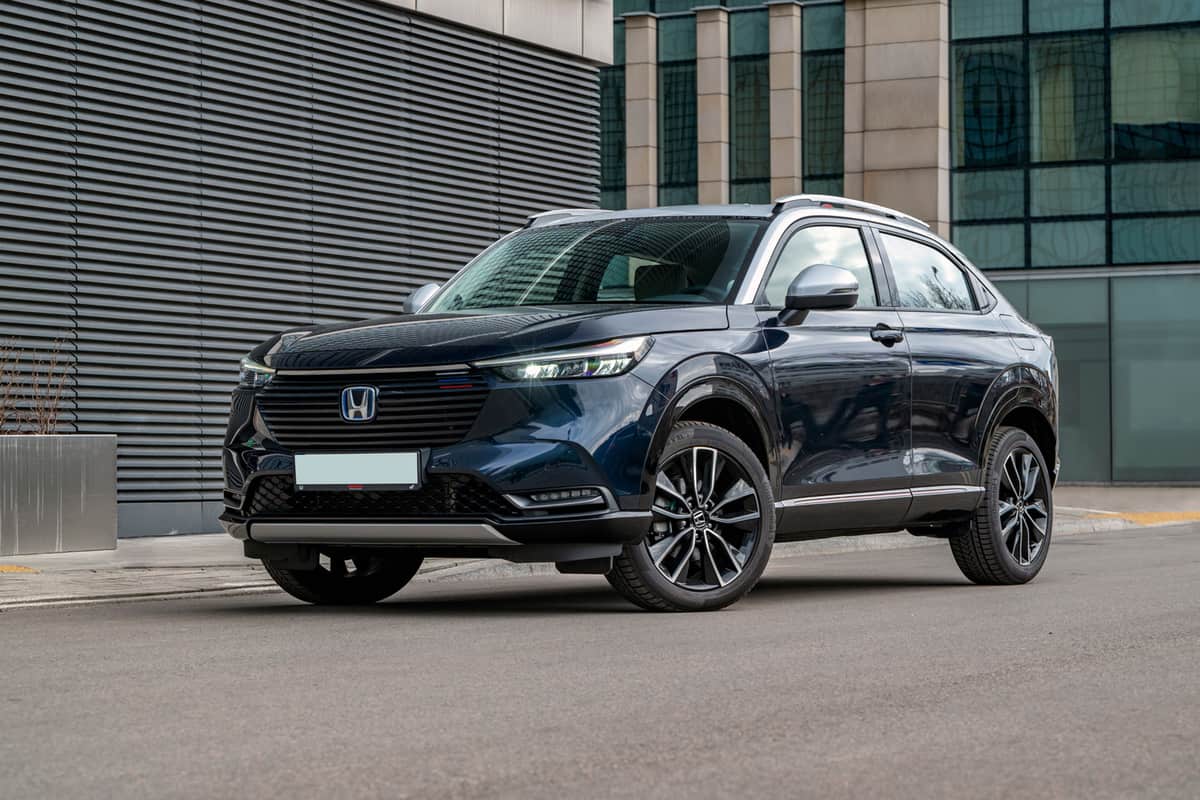
Honda's brake hold is a great feature for safety and convenience. It keeps the car stopped in heavy traffic even with the driver's foot off the brake pedal. However, even with this feature activated, we should still practice safe, prudent, and defensive driving habits.
Thank you very much for reading. We hope we were able to help you understand more about Honda's brake hold feature. For more interesting reads about Honda and other automotive topics, do check out these great articles:
Does Honda Warranty Cover Tires?
Does Toyota Highlander Have 3rd Row Seating [And How Many Seats]?
Can A Subaru Forester Tow A Camper?
